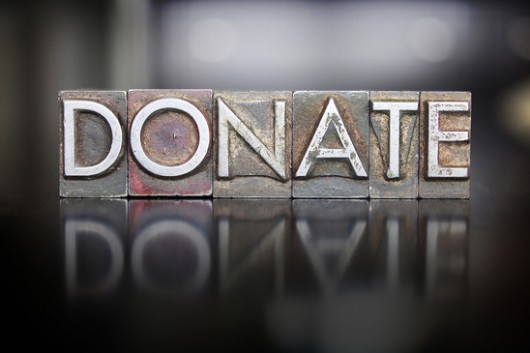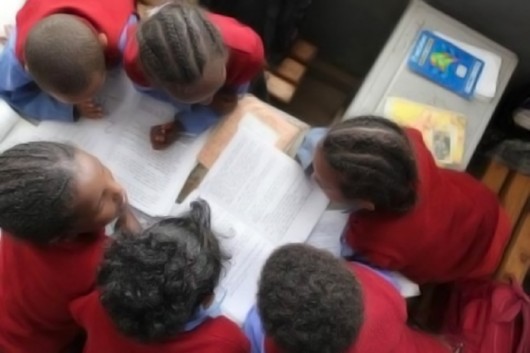 Television personality and philanthropist Oprah Winfrey (“Oprah”) has set up several foundations and networks with charitable causes. Through these foundations, Oprah has helped educate some of the most vulnerable communities within the United States and beyond.
Television personality and philanthropist Oprah Winfrey (“Oprah”) has set up several foundations and networks with charitable causes. Through these foundations, Oprah has helped educate some of the most vulnerable communities within the United States and beyond.
Oprah’s Angel Network
Oprah established a public charity called Oprah’s Angel Network in 1998. During its 12-year history, the charity garnered more than $80 million in donations, all of which went toward supporting charitable causes across the world. According to the Oprah Winfrey Charitable Foundation website, Oprah’s Angel Network dedicated funds towards bettering the lives of people around the world, including helping establish 60 schools in 13 countries, creating scholarships, supporting women’s shelters, and building youth centers and homes.
The Angel Network concluded in 2010 after distributing $1 million in donations to six charter schools to support the improvement of quality public education for children.
Seven Foundations Primary School
In 2007, Oprah’s Angel Network provided funding for the Seven Fountains Primary School located in KwaZulu Natal, South Africa. Situated in a poor, rural community, the initial school building had no electricity, limited water access, few sanitation facilities, and stood in a dilapidated state. Donations from the network allowed for the construction of an entirely new and sustainably built school building with proper facilities for both learning and recreation. An approximate 1,000 students were provided with educational resources that they and their instructors had previously not had access to, including computers and SMART Boards.
Designed to impact the whole community, the school also granted adults access to use its facilities to further their education or host workshops. Amenities made available to them consisted of a night school, the computer lab, and the library.
Oprah Winfrey Leadership Academy for Girls
The Oprah Winfrey Leadership Academy for Girls (“OWLAG”) was established by Oprah in 2007 in Johannesburg, South Africa. Inspired by former South African president Nelson Mandela and his passion for education, Oprah made a promise back in 2002 to provide the best possible education opportunities for marginalized women in South Africa. The OWLAG, a result of that pledge, is active to this day.
Entry criteria for the academy requires that the applicant has had to overcome childhood poverty and trauma, yet also possesses a resilience, courage and spirit that establishes them as a leader among their peers. With features such as 21 state-of-the-art classrooms, six labs, and a 10,000 volume library, the OWLAG provides chosen girls with access to world-class resources dedicated towards improving their education and supporting them to seek out substantial careers.
As of 2023, 528 girls have graduated from the academy. Out of this number, 90% have pursued college education, some attending top universities around the world.
Improving Education: Looking Ahead
Through Oprah’s charitable work over the years, even the most disadvantaged communities have been able to receive an education that will allow them to gain the skills and knowledge needed to break the cycle of poverty.
In October 2023, Oprah pledged $2.5 million to the U.S. Dream Academy to assist in their efforts to provide after-school and mentoring programs to children with incarcerated parents. With youth education being a priority for her philanthropic deeds, she hopes to continue to provide marginalized groups with the resources they need to be able to shape a better future for themselves.
– Ella Bushell
Photo: Flickr
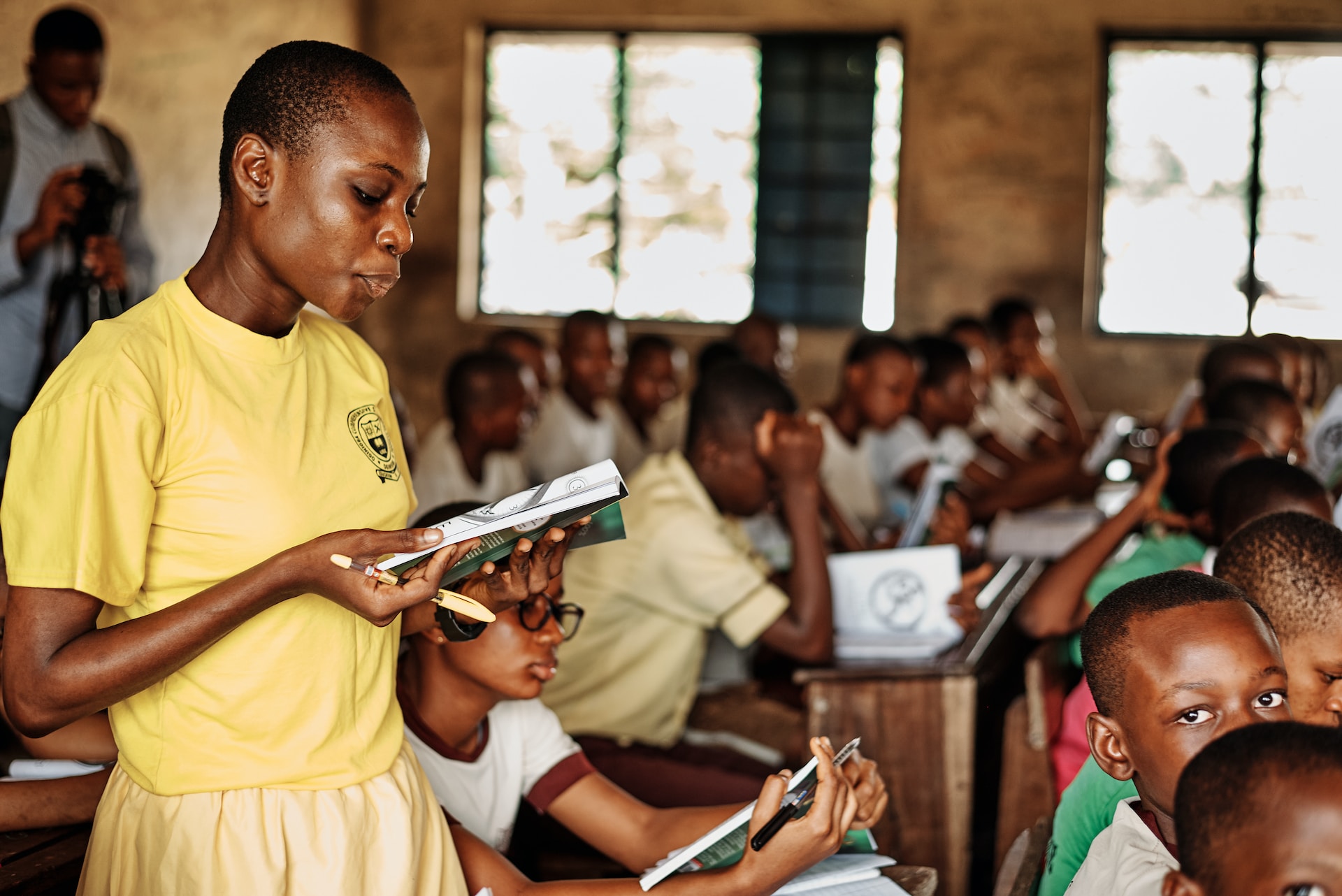 On the
On the 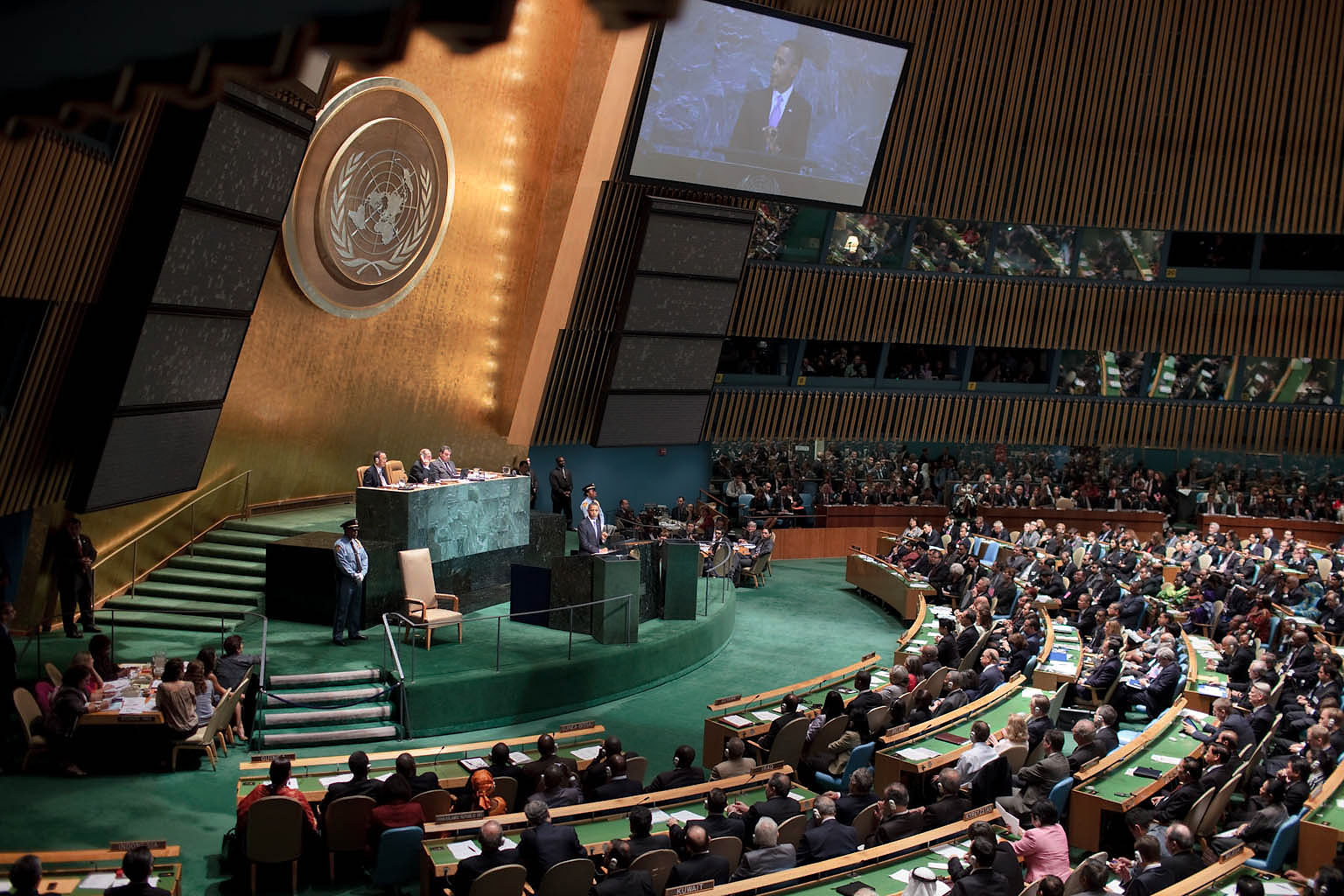 With the world always changing, there are some issues that remain constant. Some of these issues are directly related to poverty while other events increase the likelihood of creating impoverished communities. Here are 10 international issues to watch in relation to world poverty.
With the world always changing, there are some issues that remain constant. Some of these issues are directly related to poverty while other events increase the likelihood of creating impoverished communities. Here are 10 international issues to watch in relation to world poverty. Pakistan’s education system has remained underdeveloped despite the country’s supposed commitment to education. As of 2016, over
Pakistan’s education system has remained underdeveloped despite the country’s supposed commitment to education. As of 2016, over 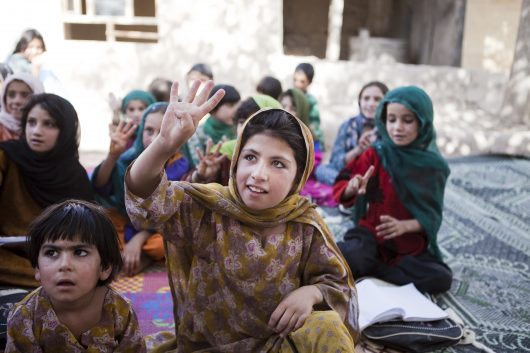 Improving the education of children has immense benefits. More educated societies normally have better economies, since education strongly determines employability. The life expectancy of more educated societies is also higher. Additionally, increased education encourages stronger political involvement and community service. The education of children affects what kind of life young people will have as adults.
Improving the education of children has immense benefits. More educated societies normally have better economies, since education strongly determines employability. The life expectancy of more educated societies is also higher. Additionally, increased education encourages stronger political involvement and community service. The education of children affects what kind of life young people will have as adults.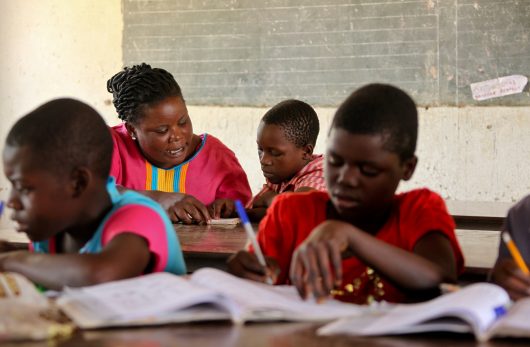
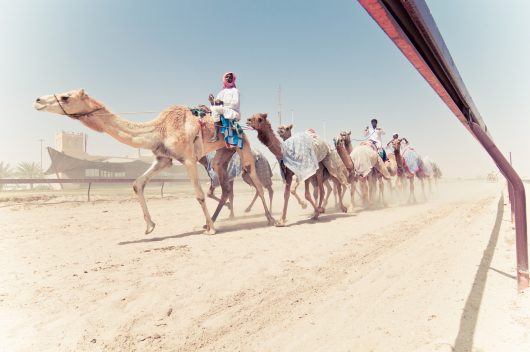 While Qatar’s location — Surrounded by Saudi Arabia, Iran, Kuwait, and Iraq — makes it a hot spot of human rights violations and war, education in the country is blossoming.
While Qatar’s location — Surrounded by Saudi Arabia, Iran, Kuwait, and Iraq — makes it a hot spot of human rights violations and war, education in the country is blossoming.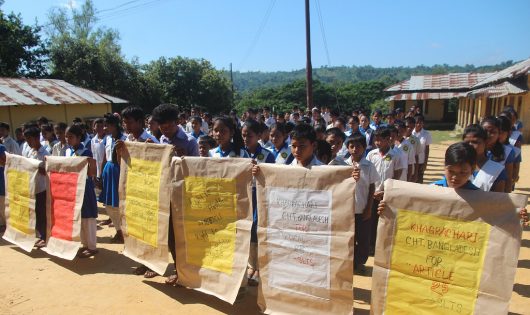 BRAC is a development organization in Bangladesh seeking to alleviate the lives of the country’s poor by empowering them through various efforts including disaster management, community empowerment, support programs, and education.
BRAC is a development organization in Bangladesh seeking to alleviate the lives of the country’s poor by empowering them through various efforts including disaster management, community empowerment, support programs, and education.